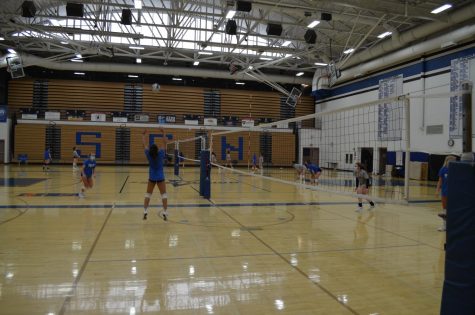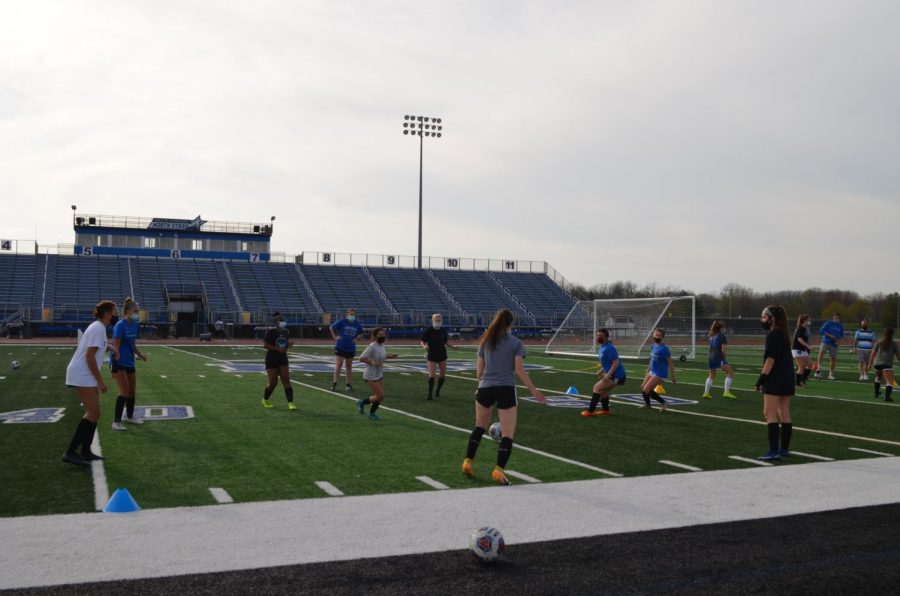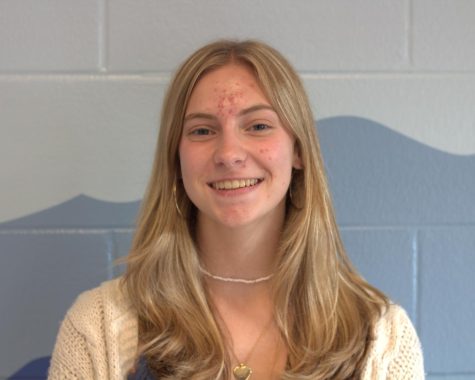Students Navigate Choosing Between Two Sports
April 9, 2021
Multiple fall sports were delayed during the 2020-21 school year, and as a result, many students have found their seasons moved to spring.
Additionally, regular seasons have seen significant shortening, down to six to seven weeks of games and practices in some cases.
The shift in schedule was due to a third wave of COVID-19 cases that resulted in multiple fall sports’ cancellations, causing the IHSA to put four seasons into a three-season year.
With fall and spring sports now occurring simultaneously, many students have found themselves forced to choose whether to play their fall sport or spring sport this year.
This decision could negatively impact students who wished, for example, to try out for their spring sports’ team but now must consider how it could impact their chances of making the fall team next school year, and vice versa.
Doing two sports in one season wasn’t an option either for athletes who had separate seasons during a normal year for their preferred sports.
“We’re trying to make sure and keep in mind the stress on an athlete’s body doing two full-out [sports] in one season,” said Athletic Director, Dan Dolney.
However, turnout this spring doesn’t seem to have been affected by the pandemic.
“All in all, I think our participation numbers are good,” said Dolney.
Despite the steady registration in sports this year, that hasn’t resolved the problem of choosing whether to play a fall or spring sport with both occurring simultaneously.

Senior Marco Torres, who normally plays football in fall and baseball in spring, saw the respective seasons overlap this year and ended up having to choose between playing the two. Ultimately, he chose to stick with baseball.
“I decided to choose baseball overall since I’m playing at the University of Wisconsin-Whitewater for college,” said Torres.
Although football remains important to him, Torres knew the choice came down to what was best for him going forward.
“I didn’t really see a future in football; I really just played it to be in shape and be with my friends… I really only saw a career in baseball after high school,” he said.
It’s not just spring and fall sports that are seeing affected seasons too, as winter sports players have seen reduced playing time as well.
Junior Brady Rasso, a basketball player, saw a significant shift and shortening of his season too.
“Typically, basketball starts in the first or second week of November, and playoffs are in March,” said Rasso, “but obviously all of that hasn’t happened yet…so typically, it’s a four-month thing, but then [this year] we got six weeks.”
And despite the quickness and re-scheduling of this year’s quick seasons, they still proved enjoyable, as Rasso did find a positive side to the quicker seasons.
“I feel like it helped build a lot better bonds quicker… because we basically had to learn everything fast and learn to play with everyone,” said Rasso




